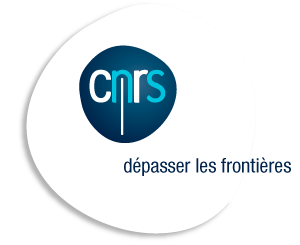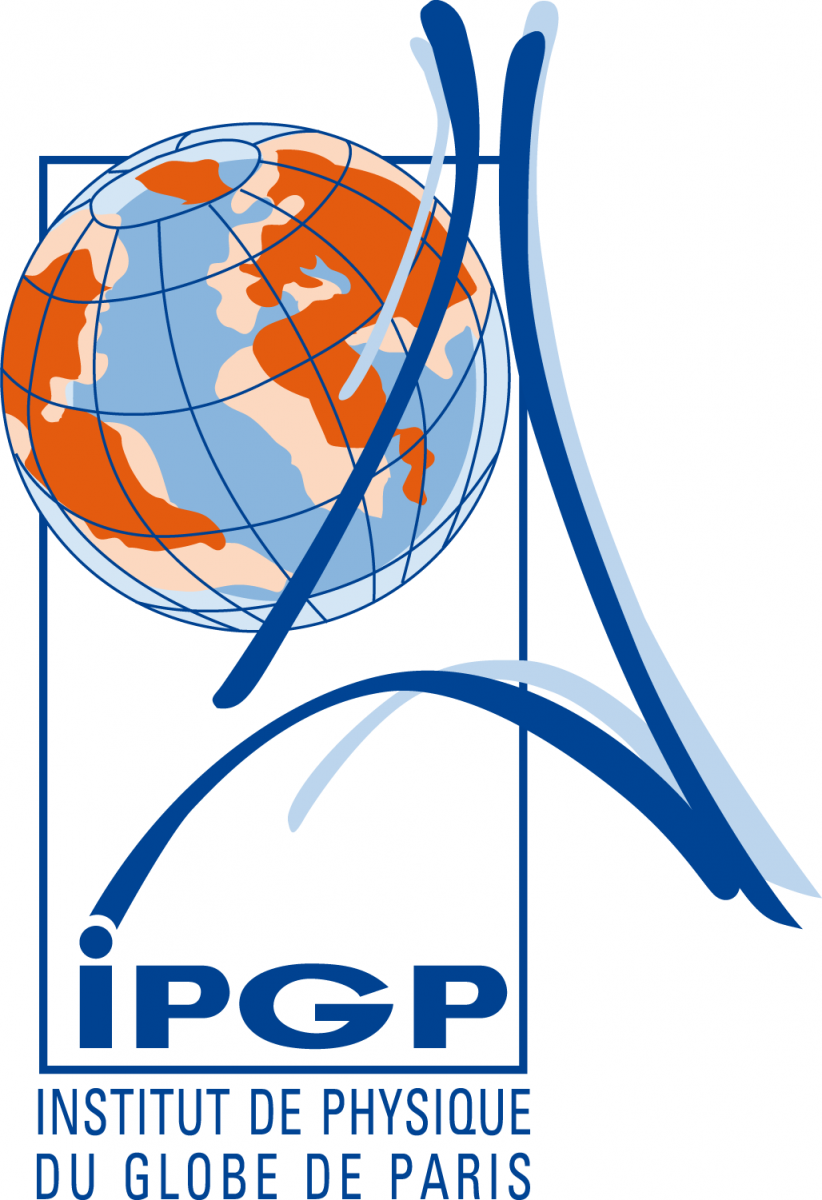AGU programme is now available at: http://fallmeeting.agu.org/2012/scientific-program/
Registration dates:
10 October: AGU member rates
02 November: Discounted rates
InterRidge is sponsoring two sessions on 3-4 December 2012:
Fast moving research at slow spreading ridges
Deep Subseafloor Biosphere
--------------------------------
Sessions of interest to InterRidge members:
OS012: InterRidge Session on: Fast Moving Research at Slow Spreading Ridges
Conveners: Chris German (WHOI), Colin Devey (GEOMAR), Donna Blackman (Scripps) and Sarah Bennett (NASA-JPL)
Session description:
The large range of accretionary styles and associated hydrothermal processes now known to occur at slow and ultra-slow spreading ridges has recently stimulated numerous multinational research programs. Their findings are relevant for understanding e.g., plate accretion, alteration, marine mineral extraction and development of chemosynthetic life. With an emphasis on previously overlooked ridge systems in the northern hemisphere (Arctic Ridges, Red Sea, Mid Cayman Rise) together with new discoveries in the Southern Hemisphere, this session aims to bring together recent results in geophysical, geological, ocean and life sciences and to encourage the discussion of common models for these stimulating ridges.
Full details at:
http://fallmeeting.agu.org/2012/session-search/single/interridge-session...
--------------------------------------------
OS007 Deep Subseafloor Biosphere
Conveners: Jun-ichiro Ishibashi (Kyushu Univ), Ken Takai (JAMSTEC) and Katrina Edwards (USC)
Session description:
"Understanding aspects of deep subseafloor biosphere and its relationship with energy and material fluxes transported by fluid flow beneath the seafloor have the potential to answer fundamental questions for evolution of life on Earth. Interdisciplinary research approaches in microbiology, geology, geochemistry, hydrology are important for this purpose. This session aims to provide an opportunity to discuss results and to integrate ideas raised from various disciplines during ongoing subseafloor focused programs and related studies."
Full details at:
http://fallmeeting.agu.org/2012/session-search/single/deep-subseafloor-b...
----------------------------------------------
T030: “Marine Magnetics and Plate Tectonics: Remaining Challenges”
Convenors: Jerome Dyment, Kyoko Okino, and Sang Mook Lee
We hope this session will be an opportunity to gather friends and colleagues of the late Professor Kensaku Tamaki, former InterRidge Chair, and pay tribute to his memory. For this purpose, the scope of the session listed below should be taken in the widest sense.
Session description:
Marine magnetic anomalies have been instrumental in the acceptance of plate tectonics ~50 years ago, and have since been used to date the seafloor, decipher the structure of ocean basins, and reconstruct the past evolution of Earth lithosphere. We invite contributions presenting new magnetic anomaly data and compilations of older data to better understand the oceanic lithosphere, ocean floor tectonics, plate kinematics, and geodynamic processes over a variety of settings from mid-oceanic ridges and hot spots to back-arc basins and trenches.
Special attention will be given to studies based on surface or deep-sea magnetic data sets including vector and gradient measurements, methodological developments, or rock magnetic properties.
Full details: http://fallmeeting.agu.org/2012/session-search/single/marine-magnetics-a...
-------------------------
V040: Serpentinization and Dehydration as Major Processes for Deep Earth Elemental Cycling
Conveners: Ivan Savon (Univ. of Leeds) and Dionysis Foustoukos (CIW)
Invited Contributions: Jeff Alt (Univ. Michigan), Marco Scambelluri (University of Genova), Patricia Fryer (SOEST, Hawai'i), William E. Seyfried (UMN)
Session description::
Serpentinites form when water interacts with ultramafic domains. Serpentinites can host variety of trace elements and their formation is responsible for vast isotopic fractionations (H, O, B, Li, Cl, Sr, Nd, etc). Serpentinite dehydration by returning to the deep mantle via
subduction or during plate collisions, should have important implications for the elemental cycling and for the stable and radiogenic isotope signatures of the deep earth as a whole. We seek contributions addressing these processes, and with emphasis on the in-situ and bulk
rock trace element and isotope geochemistry, textural and mineralogical studies and lab experiments.
Full details: http://fallmeeting.agu.org/2012/session-search/single/serpentinization-a...
------------------------
B066: The Deep Biosphere - Recent progress in understanding life in the deep subsurface
Convenors: M.A. Lever, Center for Geomicrobiology, Aarhus University, Aarhus, Denmark; B.N. Orcutt (CONTACT: borcutt@bigelow.org), Bigelow Laboratory for Ocean Sciences, East Boothbay, ME; H. Mills, Oceanography, Texas A&M University, College Station, TX; B. Reese, Marine Environmental Biology Section, University of Southern California, Los Angeles, CA
Invited presentations: Jeff Alt (Univ. Michigan, confirmed); Sean Jungbluth (Univ. Hawaii, confirmed); Karen Lloyd (Univ. Tennessee, confirmed); Wiebke Ziebis (Univ. Southern California, confirmed)
Session description:
This interdisciplinary session aims to bring together researchers studying the size, distribution, activity, and consequence of a microbial deep biosphere in the Earth's subsurface. Although the session will focus on the marine subsurface, including sedimentary and crustal environments, we encourage scientists involved in terrestrial deep biosphere studies to also participate. Scientists involved in recent ocean drilling program expeditions and other deep biosphere focused programs are encouraged to submit abstracts on any aspect of deep biosphere research, including biogeochemical, microbiological, and modeling approaches.
Full details: http://fallmeeting.agu.org/2012/session-search/single/the-deep-biosphere...
-----------------------
B002: A Census of Deep Life: Putting a Face on the Subsurface Biosphere
Convenors: F.S. Colwell (CONTACT: rcolwell@coas.oregonstate.edu), College of Earth, Ocean, and Atmospheric Sciences, Oregon State University, Corvallis, OR; M. Schrenk, Dept. of Biology, East Carolina University, Greenville, NC; J.B. Sylvan, Dept. of Biological Sciences, University of Southern California, Los Angeles, CA
Invited presentations: Julie Huber (Marine Biological Lab, confirmed); Duane Moser (Desert Research Inst., confirmed); Alfred Spormann (Stanford Univ., confirmed); Ramunas Stepanaskas (Bigelow Labs, pending)
Session description:
A census of life beneath the Earth’s surface is improving our knowledge of the diversity and physiology of organisms in this deep ecosystem. We invite presentations that explain bacterial, archaeal, eukaryal, and viral life in planetary-wide deep Earth settings where life ranges from abundant/active to sparse/surviving. Reports based on genomic, transcriptomic, proteomic, and lipidomic evidence; novel and single-cell cultivation; computational models; and new ways to visualize such life are encouraged. Explanations of the abiotic constraints on the diversity of subsurface life, the presence of keystone species, and recurrent themes related to life underground are especially welcome.
Full details: http://fallmeeting.agu.org/2012/session-search/single/a-census-of-deep-l...
-----------------------
T044: The Dynamics of Island Arcs and Backarc Spreading Centers
Conveners: Nobukazu Seama, seama@kobe-u.ac.jp; Douglas A Wiens doug@wustl.edu; Robert J Stern, rjstern@utdallas.edu; Maria Seton maria.seton@sydney.edu.au;
Session description:
Island arcs and backarc basins represent one of the most complex and important solid Earth systems. This session will highlight contributions from the petrologic, geochemical, geophysical imaging, and geodynamical modeling communities regarding the dynamics and interactions between the subducting slab, mantle wedge, arc volcanoes, and backarc spreading segments. Topics will include volatile and chemical cycling, the formation of forearc, arc, and backarc crust, mantle flow, and magma formation and transport. We encourage contributions from both modeling and observational approaches, as well as results from recent field and geophysical studies of the Izu-Bonin-Mariana, Tonga-Lau, Aleutian, and other island arc systems.
Full details at: http://fallmeeting.agu.org/2012/session-search/single/the-dynamics-of-is...
------------------------------------
The Southern Ocean Observing System (SOOS) 'Town Hall' meeting
SOOS, co-sponsored by the Scientific Committee on Oceanic Research (SCOR) and the Scientific Committee on Antarctic Research (SCAR), has the goal of coordinating international data gathering to develop a sustained set of observations in the circumpolar Southern Ocean to address key scientific and societal challenges. SOOS Scientific Steering Committee members will discuss current activities, international coordination, and wish to receive ideas from the Southern Ocean community how to advance SOOS both internationally and in the United States.
Forum on the Southern Ocean Observing System (SOOS)
AGU Town Hall
December 7, 2012
12.30 – 1.30 pm
Location: 2011 (Moscone West)




